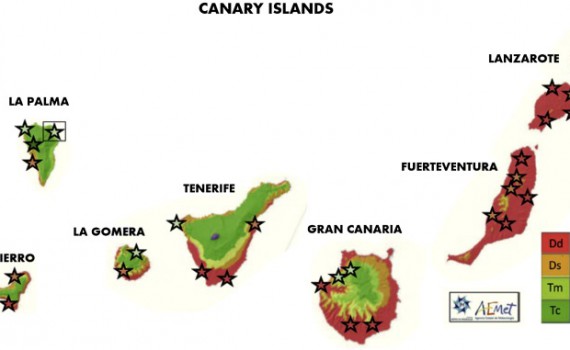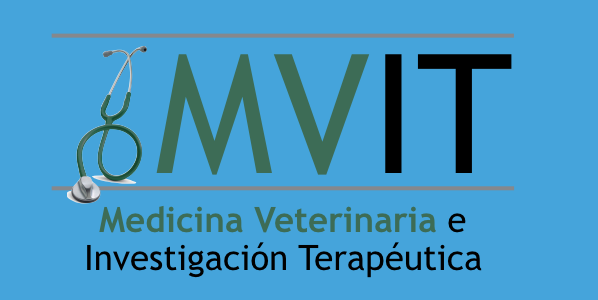
Serological survey of antibodies to Toxoplasma gondii and Neospora caninium in goat population in Canary Islands (Macaronesia Archipelago, Spain)
Volume 147, February 2017, Pages 73–76
E. Rodríguez-Ponce, 1, M. Conde, J.A. Corbera, J.R. Jaber , M.R. Ventura, C. Gutiérrez
a Unit of Animal Parasitology, Faculty of Veterinary Sciences, University of Las Palmas de Gran Canaria, Las Palmas, Canary Islands, Spain
b Research Institute of Biomedicine and Health Sciences, University of Las Palmas de Gran Canaria, Las Palmas, Canary Islands, Spain
c Department of Morphology, Faculty of Veterinary Sciences, University of Las Palmas de Gran Canaria, Las Palmas, Canary Islands, Spain
d Unit of Animal Production, Faculty of Veterinary Sciences, University of Las Palmas de Gran Canaria, Las Palmas, Canary Islands, Spain
Abstract
Toxoplasma gondii and Neospora caninum are protozoan parasites with worldwide distribution affecting different species. Previous studies performed in Gran Canaria Island on T. gondii revealed 63.3% of seroprevalence for both, humans and goats. Therefore, in order to evaluate the current status of both parasites in goats in the Canary Islands, 552 animals located in different climate zones were randomly selected. Sera were analyzed using specific enzyme linked immunosorbent assay (ELISA), revealing an overall seroprevalence of 7.8% and 1.08% for T. gondii and N. caninum, respectively. Prevalence in individual islands ranged from 0% to 30% for T. gondii and from 0% to 3.3% for N. caninum. This is the first epidemiological study done in the Canary Islands, and it revealed that the distribution and prevalence of these parasites were related to the different climates present in each island. Compared to the previous studies, this survey demonstrated a diminished seroprevalence for toxoplasmosis in one of the seven islands studied.



